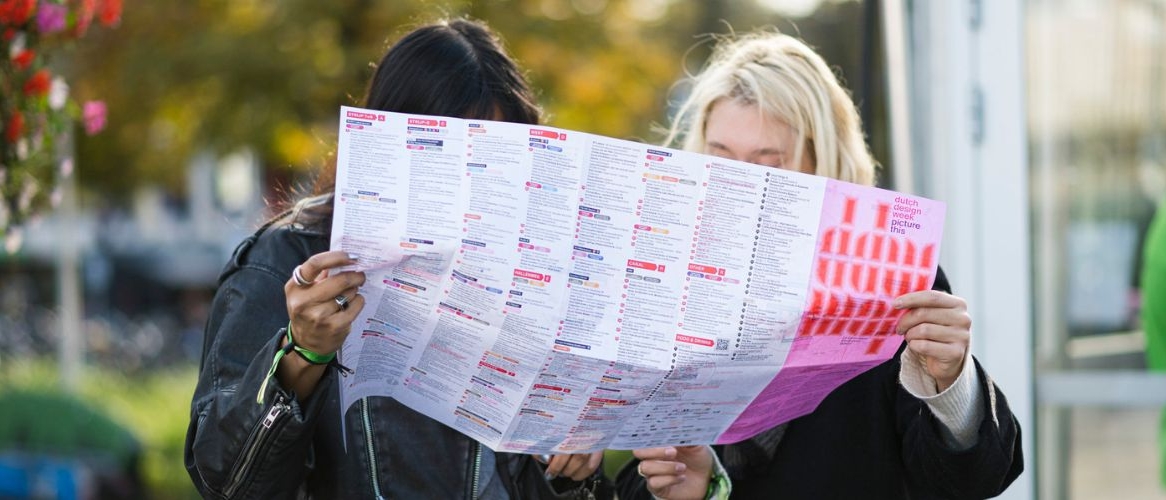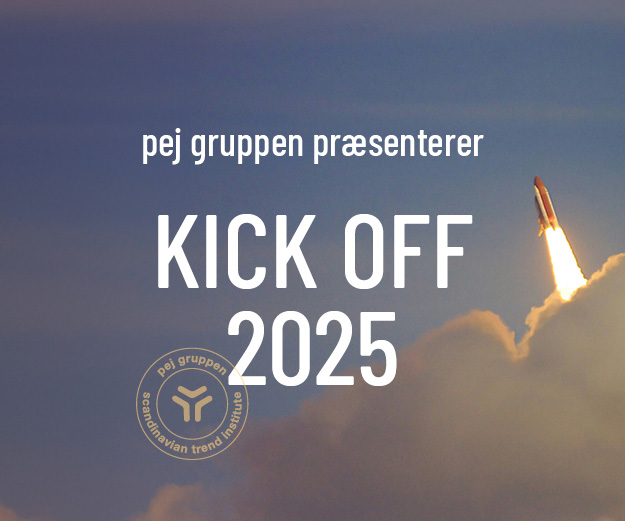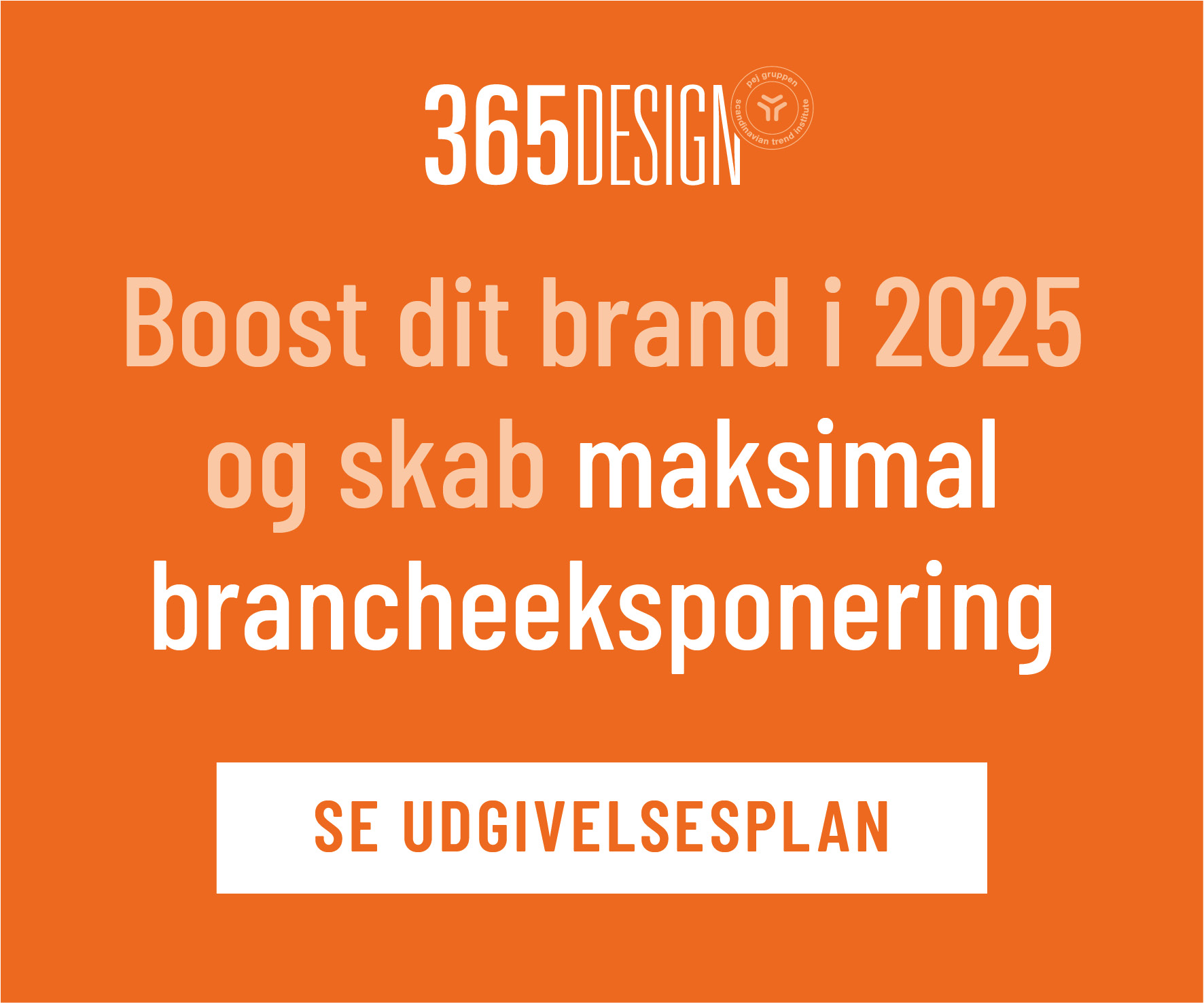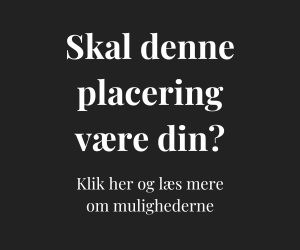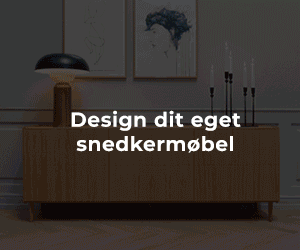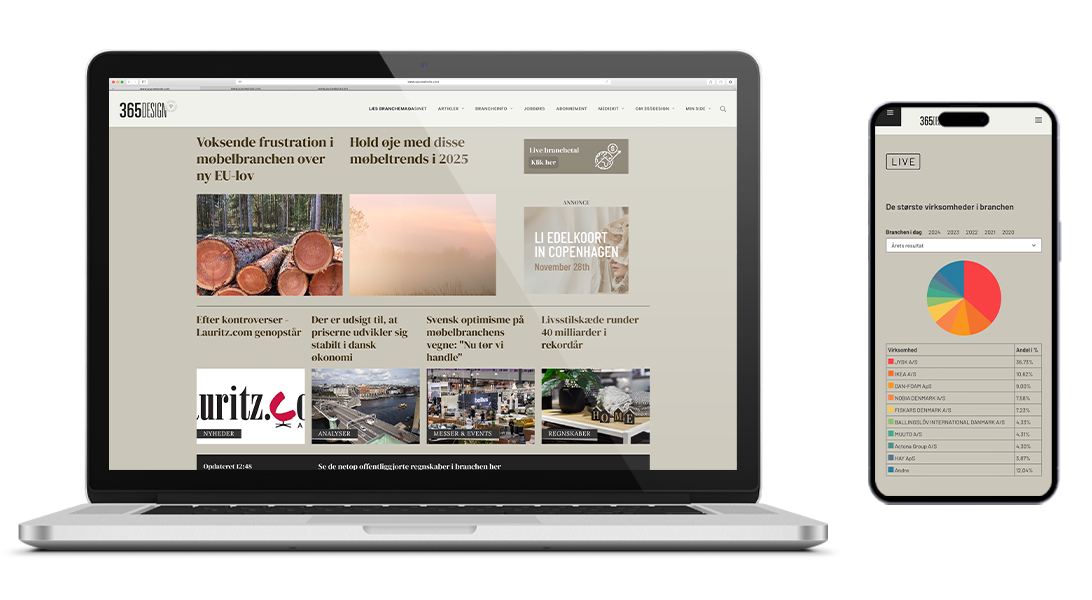Fra den 19.-27. oktober løb Dutch Design Week af stablen. Besøg eller genbesøg den hollandske designuge sammen med den svenske trendekspert Trendstefan.
Dutch Design Week is one of my key events of the year. This is where the young talents emerge and their thinking is aways intriguing. Here is my report from Eindoven.
The city of Eindhoven with is just over 200 000 inhabitants is the home of perhaps Europe’s best design school. The city is very industrial with spare facilities. Eindhoven used to be the production center for Philips Lighting. Now they moved and the industrial buildings are affordable to book for events and exhibitions.
So, you have a city full of young energy and also opportunities to do something. And every one turns up. Many of the former design students stay in Eindhoven after they graduate, like for instance Raw Color.
Just like for instance 3 Days of Design in Copenhagen, visitors are expected to move around in the city. But with this size – it is absolutely ok. But in contrary to 3 Days of Design, this design week have almost like a “fair center”. Well, perhaps you see Framing in Copenhagen as a fair. Eindhoven have more of a proper “fair building” at least. It is called Klokgebouw and here you basically have ALL the design schools in Europe display their graduates.
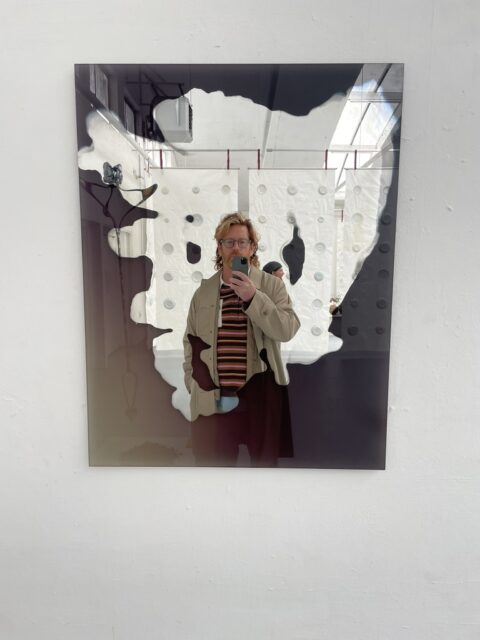
I do like Eindhoven. As mentioned, it is an important event for me. The things here are not necessarily commercial but rather free of commercial expectations. Nothing here must “sell”. Being free from commercial expectations the creativity moves more freely.
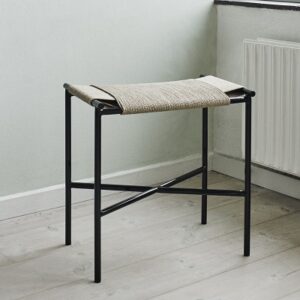
On a sidenote. Last year I saw more interest from commercial players. Levi’s did installations etc. This year less so. I blame recession. But commercial brands SHOULD be here.
But let’s go to nitty gritty. What are the themes at Dutch Design Week 2024?

The organisation from the design week always push their agenda. They have something they call “embassies”. It is all big questions.
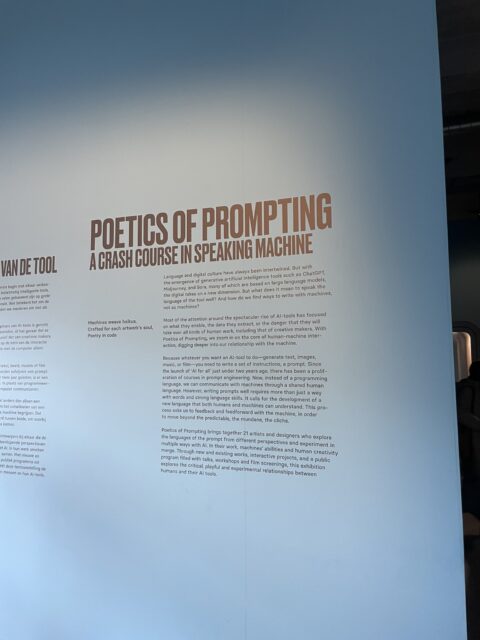
There was a pretty big focus on AI and digital creativity. And of course. It is all so new. We need to talk about it. Here at exhibition space MU.

At Microlab.


But also with the design students at Design Academy. It is more a question, than solution.
War

Interestingly enough – but perhaps not surprising – I would say that war, peace and protest is on the agenda. And perhaps we see the light in the tunnel when it comes to recession and we now can talk about everything that is happening out there. Ukraine, Middle East and also older conflicts.
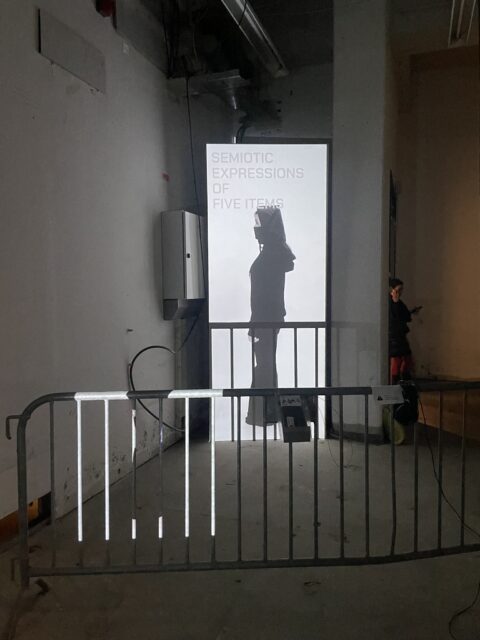

Student Alice Wan made a “visual archive” on the protests in Hong Kong. Hand gestures, the way you wore your backpack etc, etc. Very, very interesting and moving.
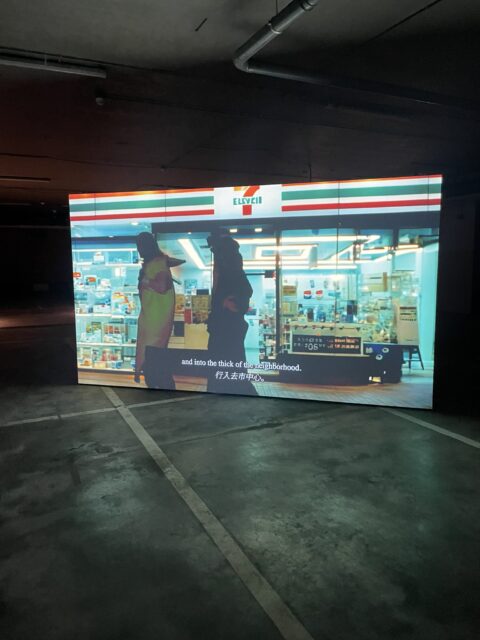
Also Brandon Chow did an installation based on the protests in Hong Kong.
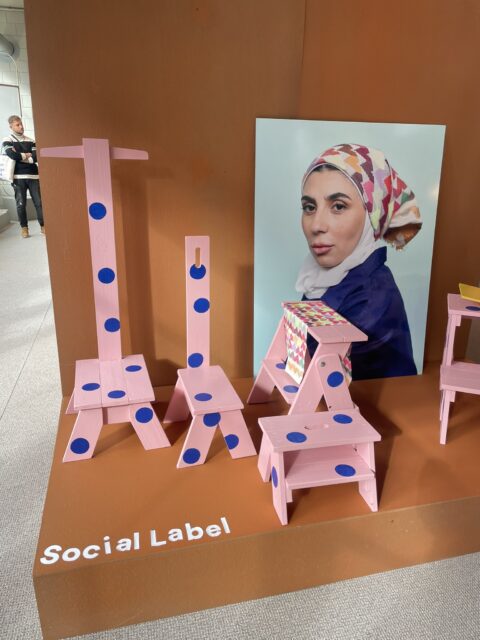
But also representation and work in other regions. Here Ineke Hans for Social Label.

Craft Council Netherlands
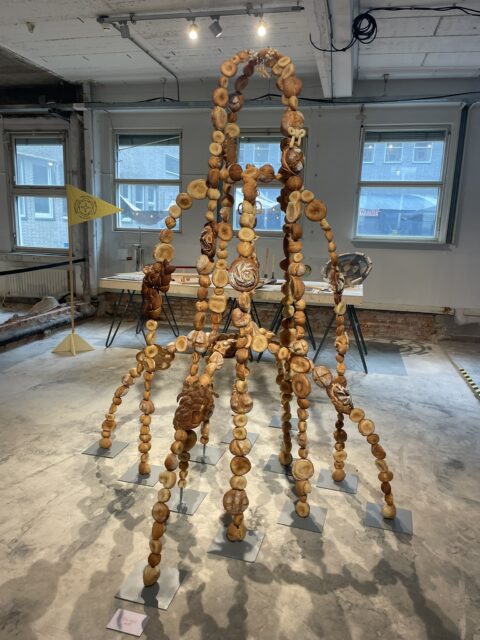


And I have never seen so many bread installations as this year. I talked to someone about this and she said. “Oh, that’s only logical. In times of war and distress we treasure the daily bread.”
Not sure this is absolutely true, but I feel a war theme and bread could fit into this.
Student projects above by Lea Bardin, Lucile Barbier, Sidonie Lepetit and Rose Daher
Wool

Wool was talked about all over – and experimented with. Colouring, production, etc, etc. Tons of projects. Here at Microlab.

The best and most interesting project was – no surprise – wool queen Christien Meindertsma. She has been working with local wool for a while. Now she have found a way to kind of 3D print wool into shapes.

This is the outline of a chair.

I wish there would have been a chair to see but we say pictures of a lamb instead. But the concept is spot on.
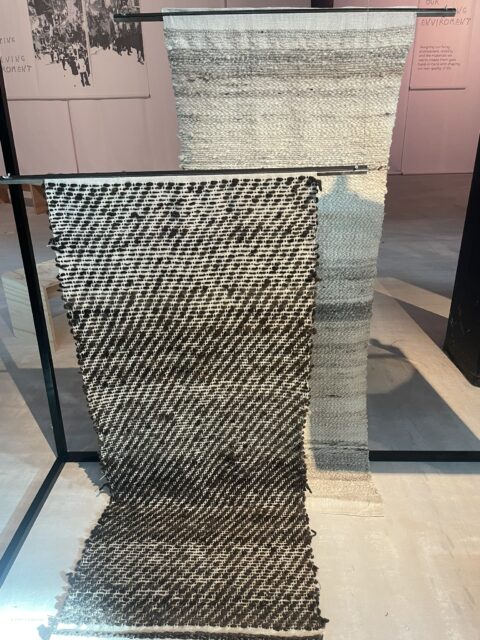
Design Schools Aalto and Borås Textilhögskola made a joint exhibition at Microlab. Perhaps the best exhibition of the week. Here wool carpets by Jahnavee Baruah and Lau Kaker.

Swiss design student showing wool. By Zora Weidkuhn
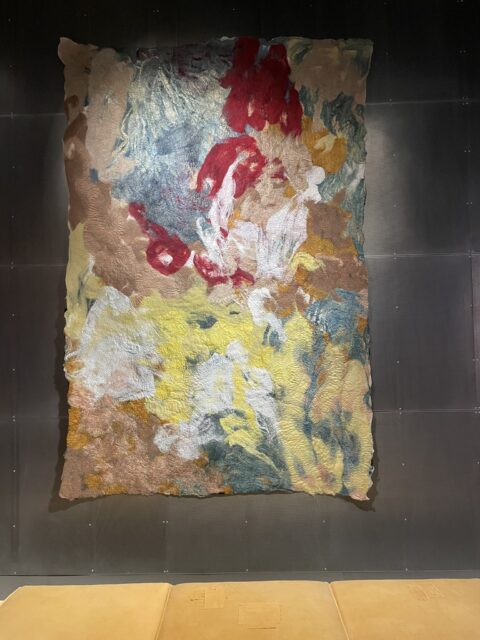
And of course another wool (and colour) queen. Claudy Jongstra.
Other sustainable things
Young creatives are of course thinking about sustainability in general. I think that the material wool really stood out, but there are of course other interesting projects.
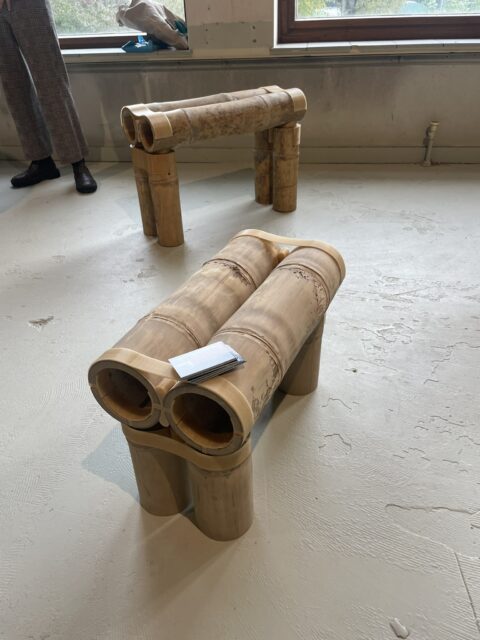
Three projects from Design Academy. Marguerite Perinau made this 3D printed “locks” to bind together bamboo logs. I talked to the designer. Nowhere in the presentation was this described as a sustainable project but bamboo is a super sustainable material. Are we beyond labeling projects as “sustainable”? Anyway – a nice feature.

Jakob Rieper made a collection made of disguarded wood pallets. We’ve seen it before but a nice concept.


Jade Fritsch. This was fun. Not necessarily a “pretty” product but the chairs are for outdoor and have a microclimate in the legs and body of the chair – to keep them heated. Sit outdoors in a warm chair. Fun.
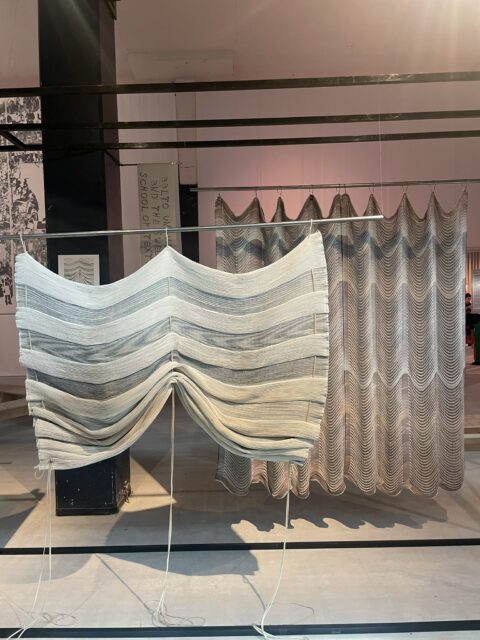

Again from the Aalto and Borås Textilhögskolan exhibition. Textiles made of paper. Gorgeous. By Rosa Lützen.
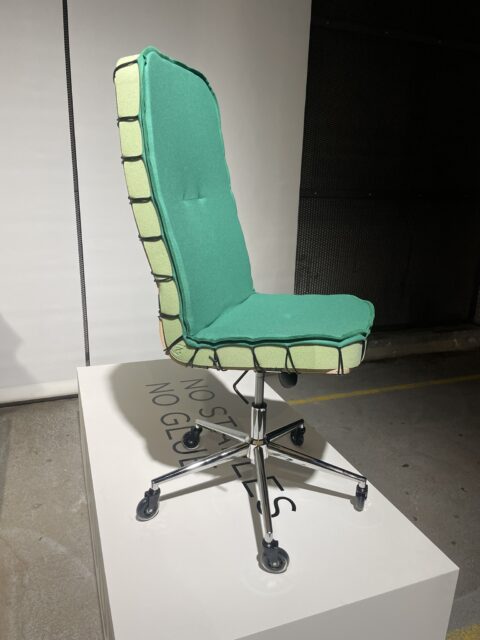
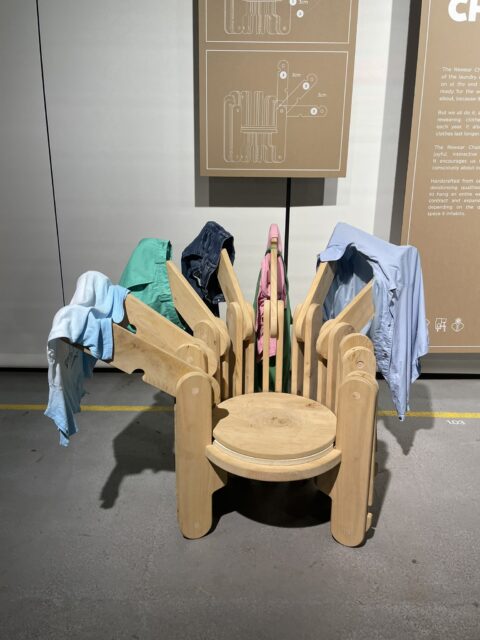
I love that we now start to leave the discussion on sustainability as a material solution. It’s actually more about thinking. Office chair by Govert Flint. No glue so you can change your chair easily. Or wood chair just above with scented wood. You are supposed to air your clothes and not wash them to death. Love. By Uncommon Creative Studio.
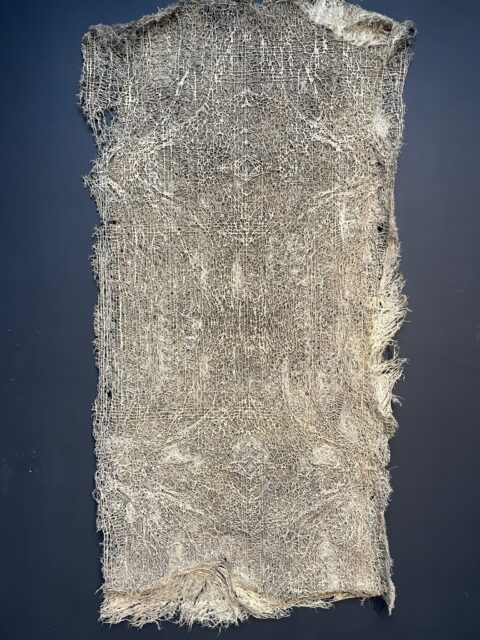
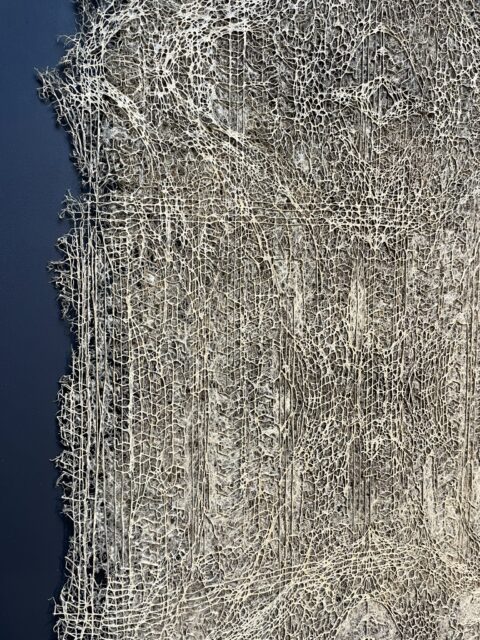
And this. This is sooooo cool it actually blows my mind a little. Diana Scherer have a way of making roots grow in pattern. And then she can harvest a piece like this. Art, wallcover. sound absorber – what ever. Just fun and sustainable.
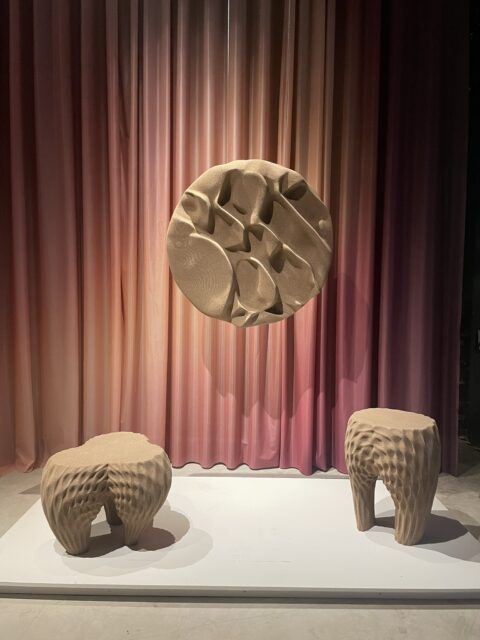

The roots installation was presented at Kazerne that had an exhibition with focus on sustainability. This report is about selecting the best of the best so I try not to bombard you with things. But the organisc stool and wall display is 3D printed wood dust. We’ve seen it before but still nice. Also the kind of roadblocks or construction material. It’s made of materials from the sea and should erode back to the sea after a while.


Leo Kuda is working with corn based PLA. When it is put in hot water it gets this bubbly effect. A sustainable material and apparently all fun.

Last sustainable project from this report. At Piet Hein Eek. Producer and designer Jeremy Bergeaud have this system of working with Burkina Faso. The fabric and the carpet is actually made of commercial plastic bags drifting in Africa. People collect it, rinse it and then cut into strips. And these are then made into patterns like this. Upcycle or reuse is very common in Burkina Faso (and Africa) but what he adds is a design aesthetic and patterns. Super nice.
Tekst og billeder er lånt fra trendstefan.se


